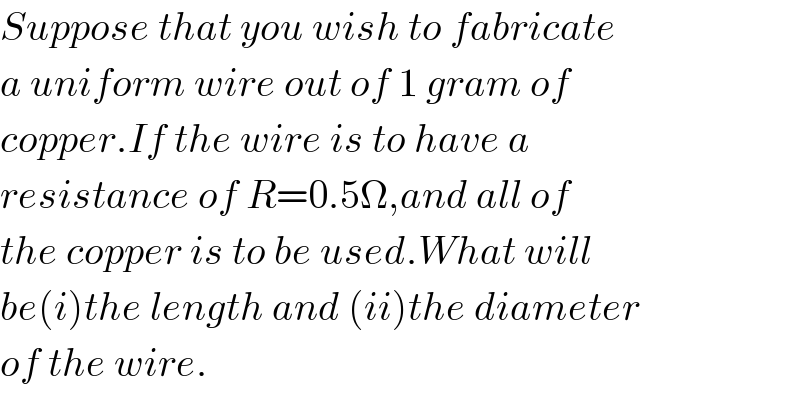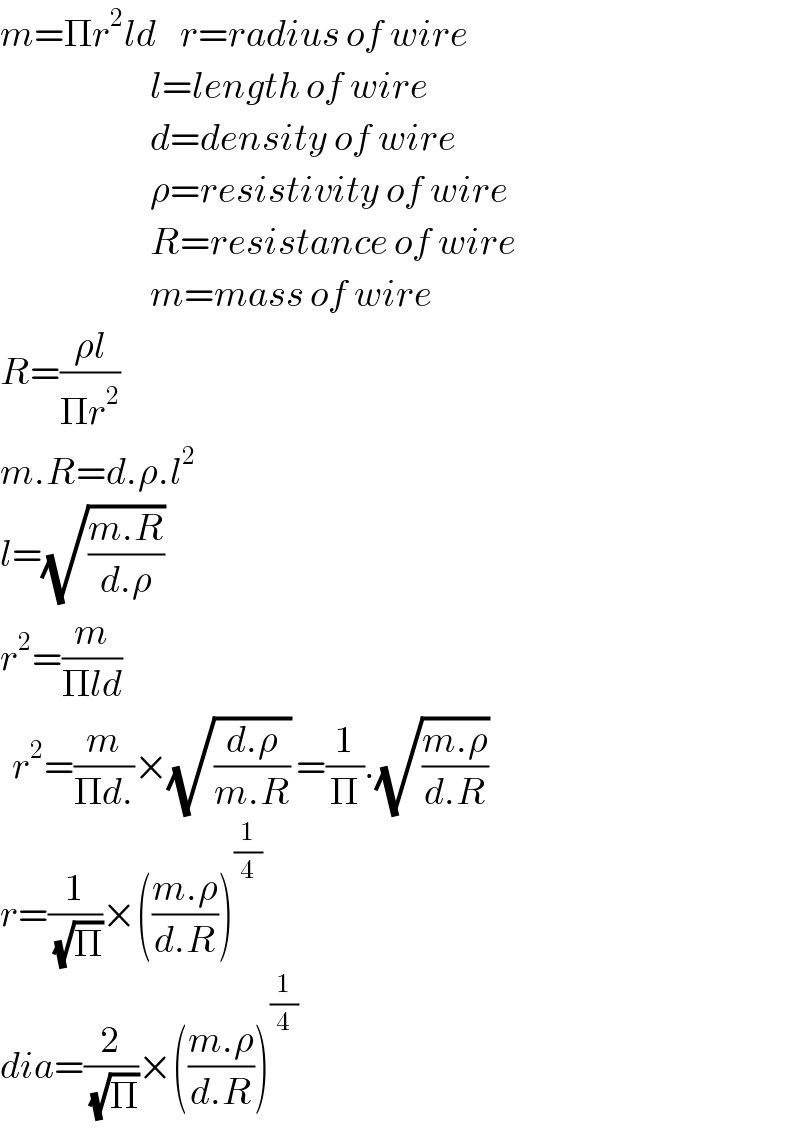
Question and Answers Forum
Previous in Electric Current and Circuits Next in Electric Current and Circuits
Question Number 41443 by Necxx last updated on 07/Aug/18

Answered by tanmay.chaudhury50@gmail.com last updated on 07/Aug/18

Commented by Necxx last updated on 07/Aug/18

